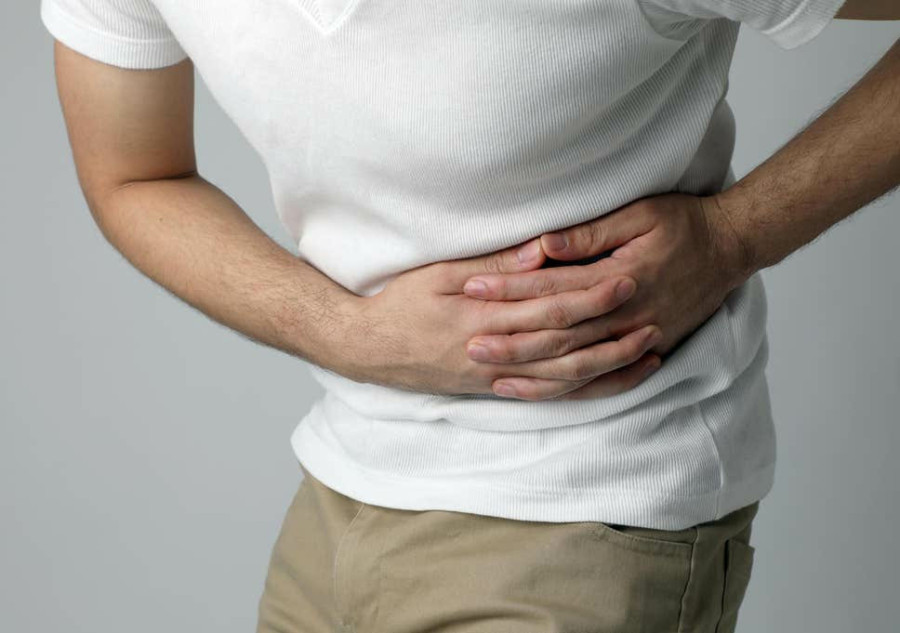Kidney stones are small masses of salts
and minerals that form inside the kid
neys and may travel down the urinary tract. Kidney stones range in size from just a speck to as large as a ping pong ball. Signs and symptoms of kidney stones include blood in the urine, and pain in the abdomen, groin, or flank. About 5% of people develop a kidney stone in their lifetime.
What causes kidney stones?
This illustration shows the path a kidney stone takes to pass through the urinary system.
The kidneys regulate levels of fluid, minerals, salts, and other substances in the body. When the balance of these compounds changes, kidney stones may form. There are four types of kidney stones, each made of different substances. Uric acid and cystine are two compounds that may comprise kidney stones. Factors known to increase the risk of kidney stones include dehydration, family history, genetics, and the presence of certain medical conditions. Having one or more family members with a history of kidney stones increases the risk of the condition.
Who is likely to develop a kidney stone?
The number of people in the United States with kidney stones has been increasing over the past 30 years.
The rate of people who develop kidney stones is increasing in the U.S. The reasons for the trend are unknown. The prevalence of kidney stones was 3.8% in the late 1970s. In the late 1980s and early 1990s, the number rose to 5.2%. Caucasian ethnicity and male gender are associated with higher rates of kidney stones. Men tend to develop kidney stones in their 40s through 70s; rates increase with age. Women are most likely to experience kidney stones in their 50s. A person who has suffered from one kidney stone is likely to develop others.
What are symptoms of kidney stones?
Kidney stone symptoms include excruciating, cramping pain in the low back and/or side, groin, or abdomen as well as blood in the urine.
Many kidney stones are painless until they travel from the kidney, down the ureter, and into the bladder. Depending on the size of the stone, movement of the stone through the urinary tract can cause severe pain with sudden onset. People who have kidney stones often describe the pain as excruciating. The lower back, abdomen, and sides are frequent sites of pain and cramping. Those who have kidney stones may see blood in their urine. Fever and chills are present when there is an infection. Seek prompt medical treatment in the event of these symptoms.
How are kidney stones diagnosed?
A helical CT scan without contrast material is the most common test to detect stones or obstruction within the urinary tract.










